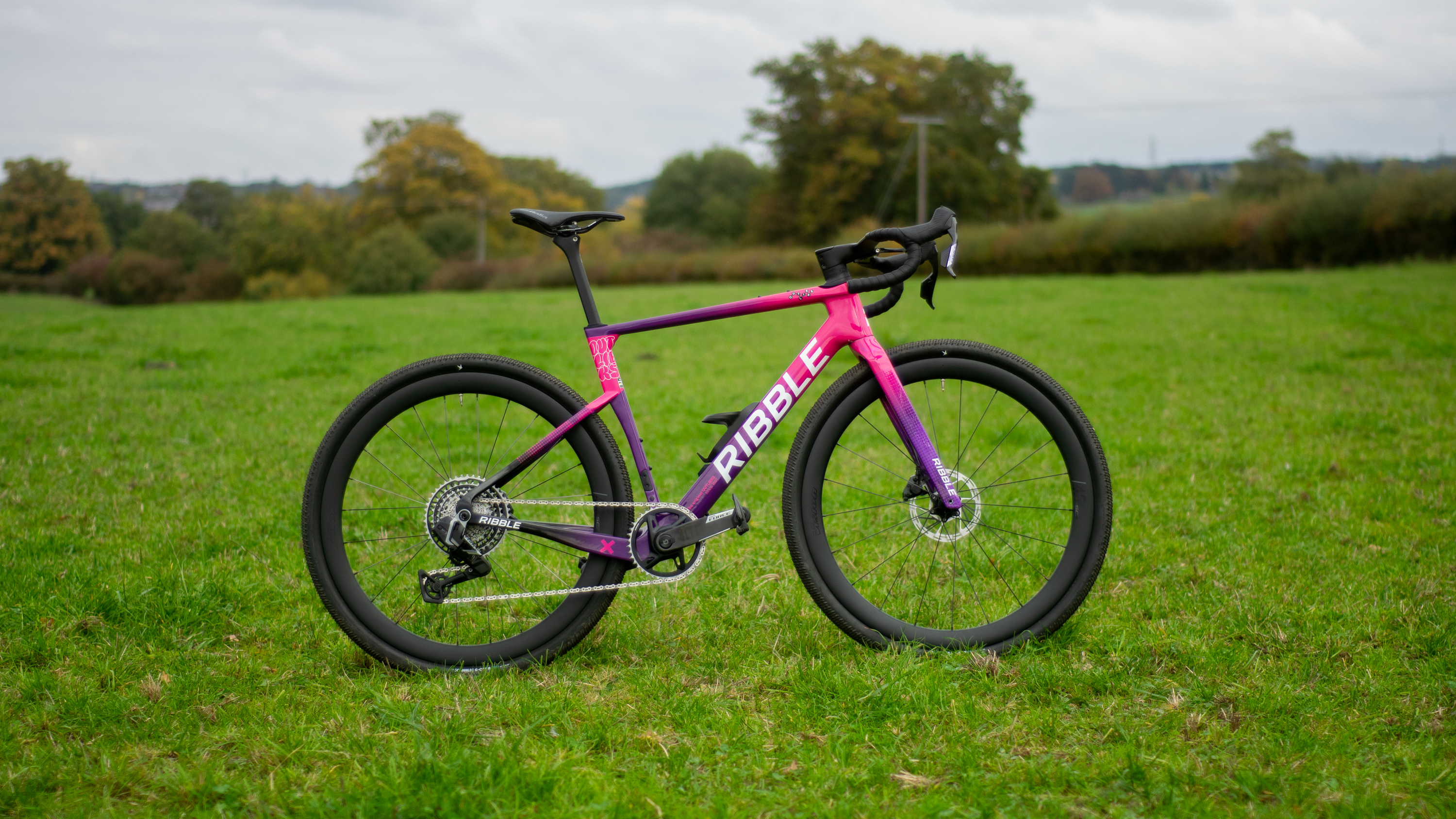Movistar and Endura build a carbon copy of Nairo Quintana
Life-size 3D model of Colombian designed to improve aerodynamics
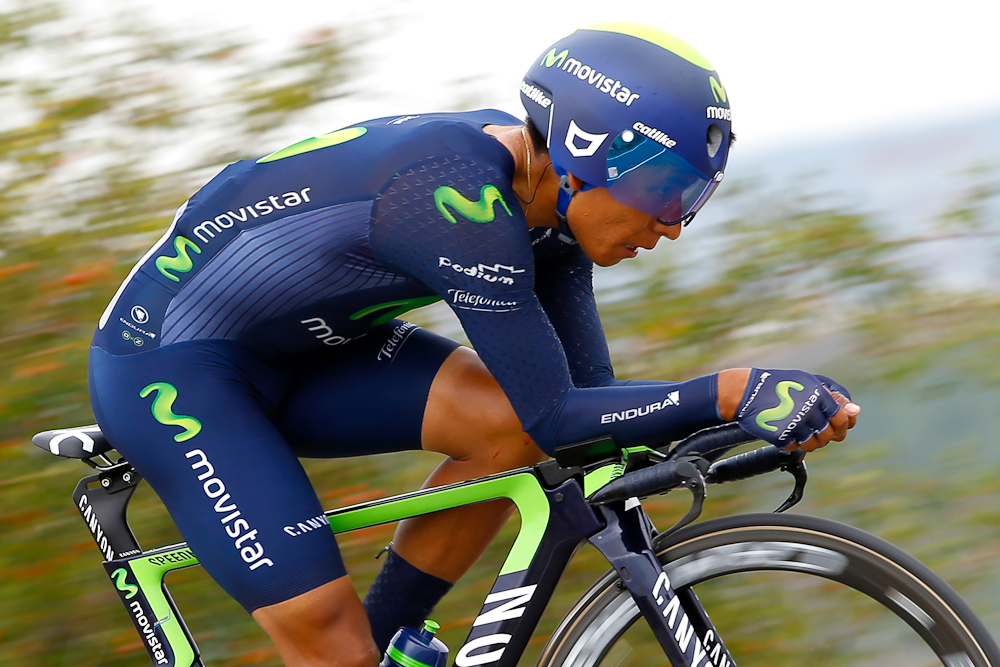
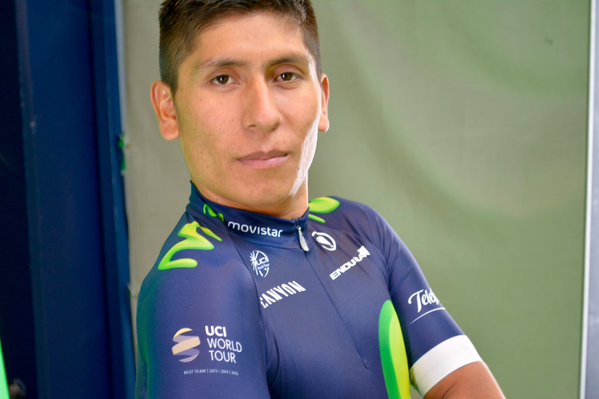
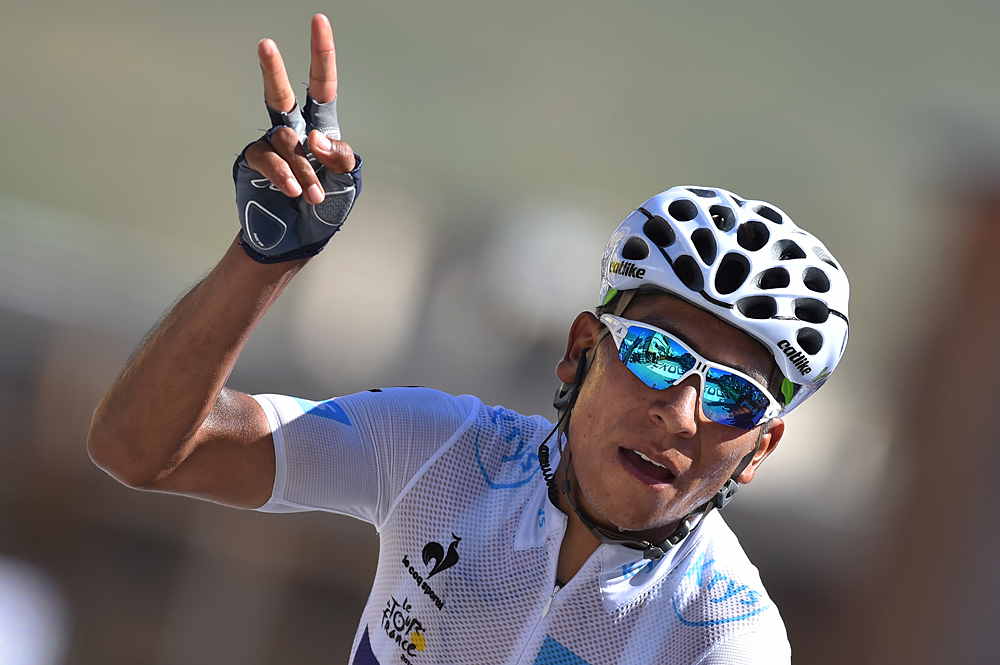
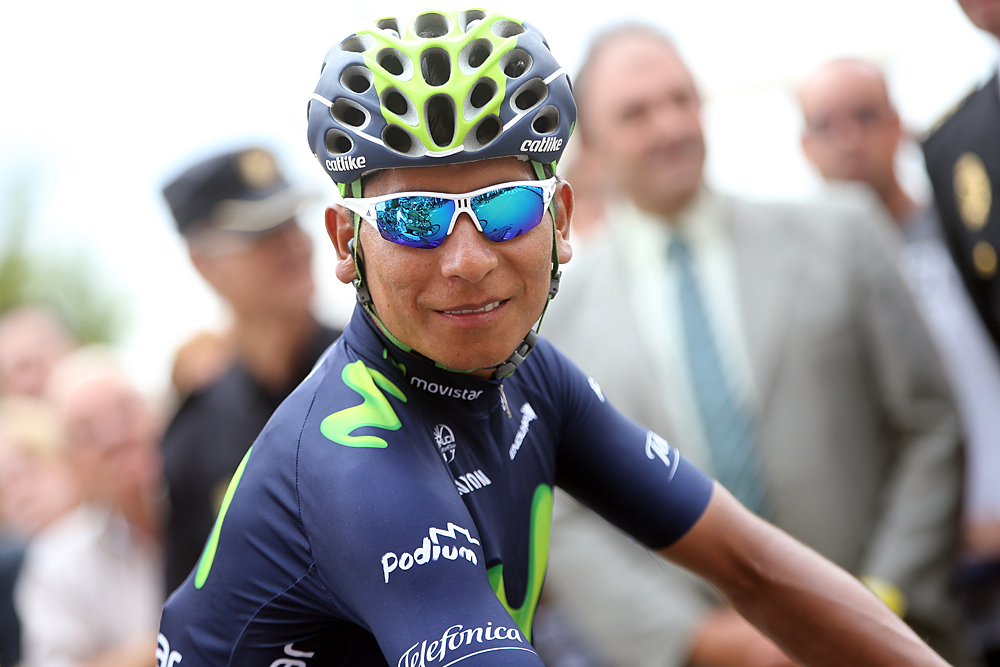
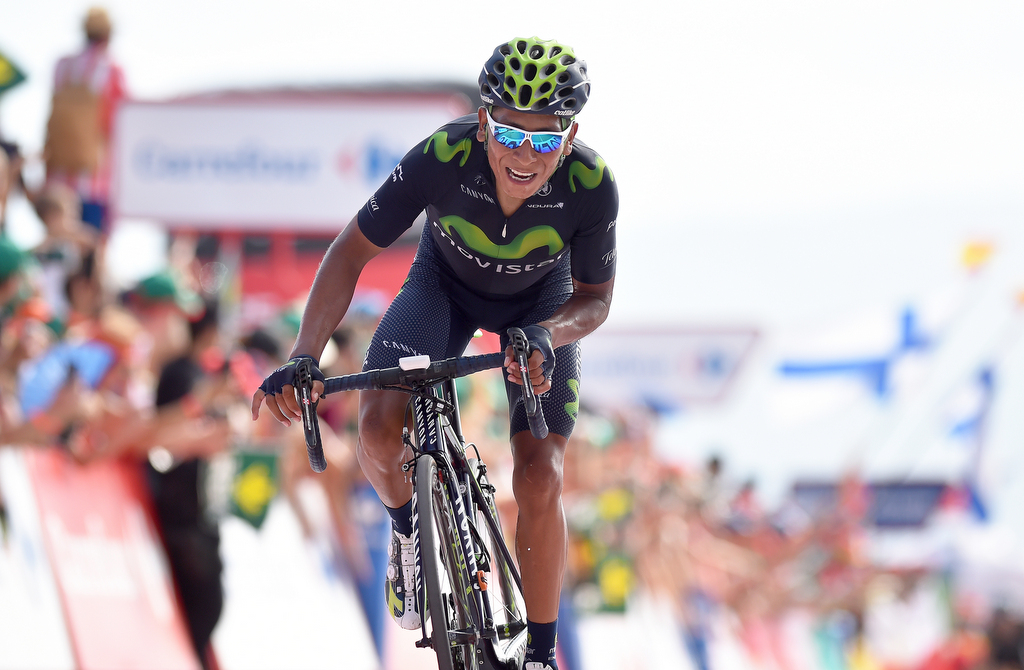
The Movistar Team and clothing sponsor Endura are building a life-size three dimensional model of Colombian Nairo Quintana, complete with moveable limbs, in order to hone his aerodynamics and improve his time trial performances ahead of the 2016 Tour de France.
In 2013 Tour de France, Quintana finished second on GC but lost all but 41 seconds of his 4:20 deficit to Chris Froome in the individual time trials. In this year's Tour, with only one individual time trial, he limited his losses against the clock to 21 seconds. But with 54 kilometres of individual time trials in the 2016 route of the Tour, the team is hoping to get every aerodynamic advantage possible.
The team used a 3D laser scanner to capture the physical data from all of the riders in the Movistar team at its camp in Pamplona last month in order to optimise the fit of the team kit. "It gives us a virtual form of each of the riders that we can work with and access throughout the season, because you have to remember that, once the season starts, it can be quite hard to get time with the riders," explained Jim McFarlane of Endura.
"Our software maps the 2D patterns that we cut from the fabric, and it virtually stitches it over a 3D avatar. It shows us tension maps across the body, using specific fabrics with known stretch characteristics. It looks like a heat map, but it shows the amount of stretch across the body, and it means that we can essentially refine each of the rider's garments to fit them more accurately."
For Quintana, the project was expanded to create a life-size model, a process which began with a test of Quintana's teammate Alex Dowsett.
"Scanning is the solution to two problems. The first is that you can't necessarily get access to take riders physically to a wind tunnel. The second is that they fatigue when they are there, and aero testing is all about consistency and repeatability, so the idea was, we scan Alex, we then take his 3D avatar or 'scanatar,' as we call it, and use that to 3D-print a mannequin of Alex that we can then build into it a physical working model with adjustable limbs and so on, so that we can do much more extended periods of wind tunnel aero testing, knowing that that is the form of Alex's shape.
"We get to repeat the process that we did with Alex, but on Nairo, so that we can refine his clothing. So that's the plan: to have both a virtual Nairo, and a physical carbon-fibre Nairo, and work with those two together, and hopefully make him faster on time-trial day at the Tour de France."
The latest race content, interviews, features, reviews and expert buying guides, direct to your inbox!
Quintana was scanned standing and on his road bike, and will repeat the process next year with his time trial bike.
"It's all about us being able to take an accurate 3D body shape of him, in a riding position, for aero purposes, and we do an awful lot of work, specifically with Simon Smart at the Mercedes-AMG Petronas Formula 1 wind tunnel at Silverstone, for aerodynamic development for the team. It's been one of the major processes that we've been involved in, and of course that the team's very encouraging. It's one of the few places that we can make a really noticeable performance difference to the team that's measured in seconds."


